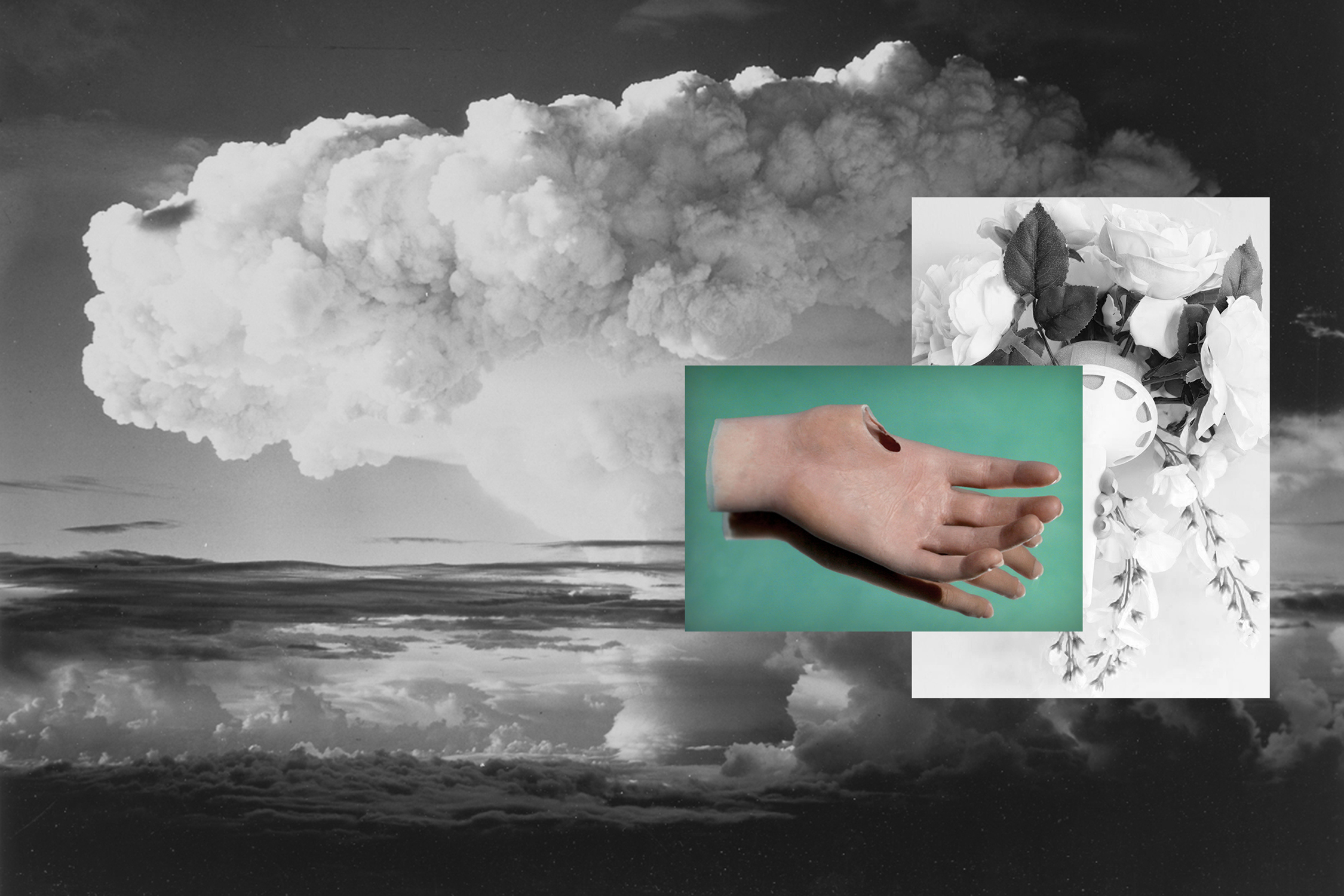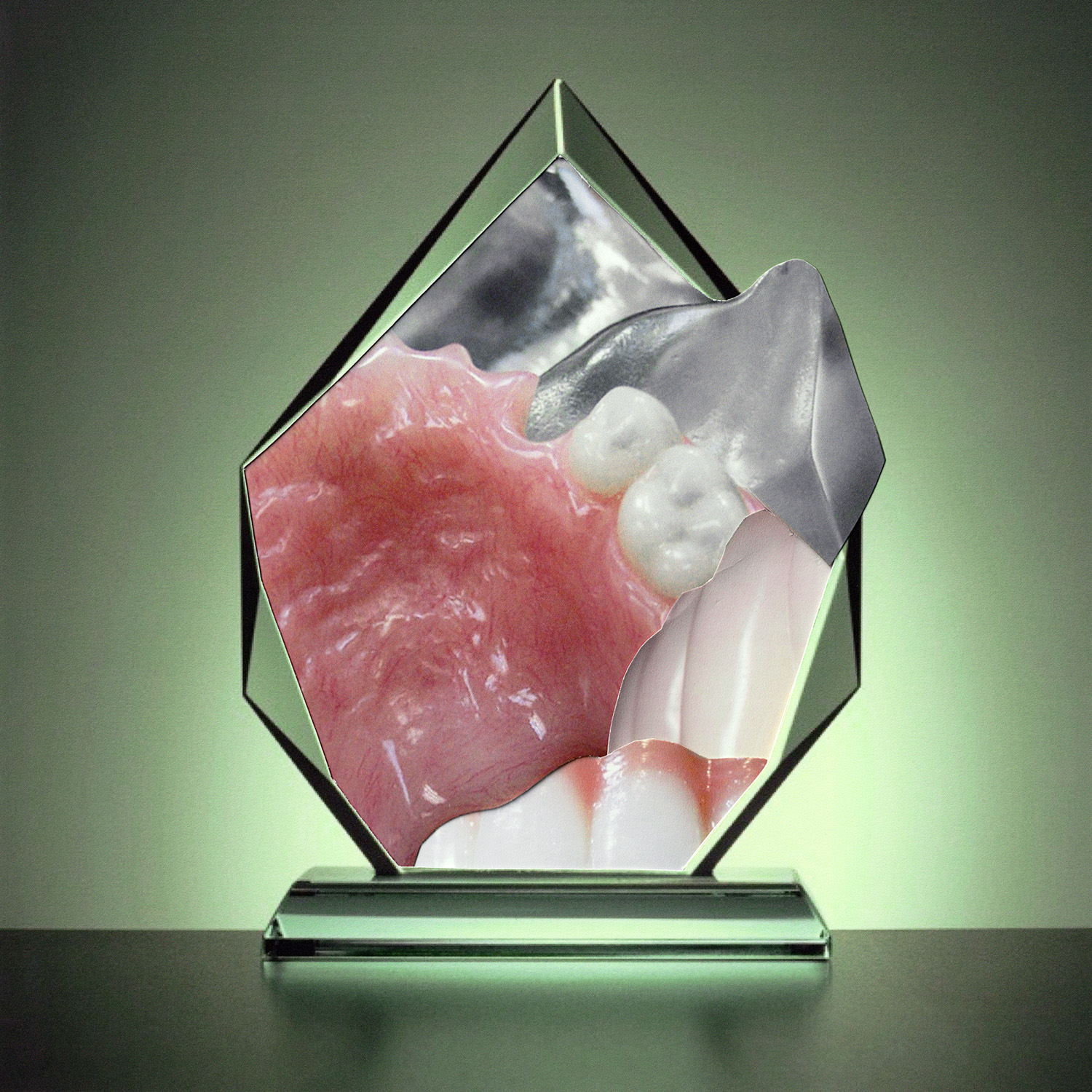Welcome to A People's Atlas of Nuclear Colorado
To experience the full richness of the Atlas, please view on desktop.
Navigating the Atlas
You may browse the Atlas by following the curated "paths" of information and interpretation provided by the editors. These paths roughly track the movement of radioactive materials from the earth, into weapons or energy sources, and then into unmanageable waste—along with the environmental, social, technical, and ethical ramifications of these processes. In addition to the stages of the production process, you may view in sequence the positivist, technocratic version of this story, or the often hidden or repressed shadow side to the industrial processing of nuclear materials.
Using the buttons on the left, you may also browse the Atlas's artworks and scholarly essays, access geolocated material on a map, and learn more about contributors to the project.
If you would like to contribute materials to the Atlas, please reach out to the editors: Sarah Kanouse (s.kanouse at northeastern.edu) and Shiloh Krupar (srk34 at georgetown.edu).
Cover Image by Shanna Merola, "An Invisible Yet Highly Energetic Form of Light," from Nuclear Winter.
Atlas design by Byse.
Funded by grants from Georgetown University and Northeastern University. Initial release September 2021.
Using the buttons on the left, you may also browse the Atlas's artworks and scholarly essays, access geolocated material on a map, and learn more about contributors to the project.
If you would like to contribute materials to the Atlas, please reach out to the editors: Sarah Kanouse (s.kanouse at northeastern.edu) and Shiloh Krupar (srk34 at georgetown.edu).
Cover Image by Shanna Merola, "An Invisible Yet Highly Energetic Form of Light," from Nuclear Winter.
Atlas design by Byse.
Funded by grants from Georgetown University and Northeastern University. Initial release September 2021.
Shanna Merola, Nuclear Winter: Jornada del Muerto (The Working Day of the Dead), 2019, courtesy the artist
Artwork
At 5:29 a.m. on July 16, 1945, an unfathomable flash of light stretched across the vast expanse of desert sky in Alamogordo, NM. The atomic sublime—born at this moment without referent—unleashed a new era of fallout, fear, and post-modern dread. Over the next few decades, drifting radioactive debris from nuclear testing carried out a silent, molecular attack on the DNA of downwind communities across the American West. Trinity, the first of countless ecologically devastating explosions, also marked the inception of a covert government program which calculated, measured, and monitored the effects of this fallout. Decades later, declassified government documents revealed that the people and animals inhabiting these sacrifice zones were known collateral damage, otherwise referred to as “a low use segment of the population.”


Set against the backdrop of Cold War inspired architecture, Nuclear Winter investigates the visual manifestation of atomic anxiety, both physically and psychologically. Since the inception of the Manhattan Project, the geographical topographies of our modern landscape have been forever altered by underground nuclear waste containment systems, decommissioned bomb shelters, hidden government laboratories, and test sites built to withstand the blast of a hundred suns. Across cities and college campuses, the un-loving grey concrete of brutalist monuments still tower overhead—eternally poised and ready for attack—while suburban fallout shelters have transformed into backyard time capsules. These anachronistic relics serve to memorialize the fears of a society on the perceived brink of impending annihilation. But the day-to-day horrors of the nuclear project wrought a more insidious violence. From atomic test site veterans to frontline communities burdened with radioactive waste, long-term effects on the human body range from rare types of cancer to miscarriage and genetic mutation.
_Sized.jpg)

Shanna Merola, Nuclear Winter: Jornada del Muerto (The Working Day of the Dead), 2019, courtesy the artist

Shanna Merola, Nuclear Winter: Strontium-90, 2019, courtesy the artist
Set against the backdrop of Cold War inspired architecture, Nuclear Winter investigates the visual manifestation of atomic anxiety, both physically and psychologically. Since the inception of the Manhattan Project, the geographical topographies of our modern landscape have been forever altered by underground nuclear waste containment systems, decommissioned bomb shelters, hidden government laboratories, and test sites built to withstand the blast of a hundred suns. Across cities and college campuses, the un-loving grey concrete of brutalist monuments still tower overhead—eternally poised and ready for attack—while suburban fallout shelters have transformed into backyard time capsules. These anachronistic relics serve to memorialize the fears of a society on the perceived brink of impending annihilation. But the day-to-day horrors of the nuclear project wrought a more insidious violence. From atomic test site veterans to frontline communities burdened with radioactive waste, long-term effects on the human body range from rare types of cancer to miscarriage and genetic mutation.
_Sized.jpg)
Shanna Merola, Nuclear Winter: Radium (RA), 2019, courtesy the artist
Citation
Shanna Merola, Nuclear Winter, analogue photo collage series, 2019-ongoing.Continue on "Legacies"